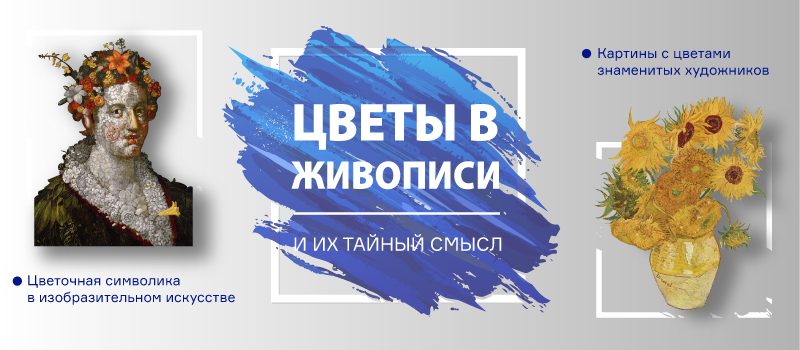
It is not enough to know how to hold a brush in your hand to become an artist. A real work of art carries a whole story, deep philosophical thought. But it will never open up to the layman. You need to continue searching, not content with the lying on the surface to unravel the true meaning of the artwork
Traditional and fairly common patterns of flowers in a vase can take on a completely different meaning, when you discover the hidden meaning of a particular flower. Taking into account that botanical motives are observed from one artwork to another, you can generally look differently at oil paintings.
Flowers in painting
People have been aware of the beauty and greatness of flowers since ancient times. It was impossible to imagine a holiday, a ceremonial movement or a banquet without an abundance of live garlands and bouquets. Moreover, this trend originated in different cultures at different times separately. Flowers welcomed the birth of a new person and followed him after death. And if the researchers chose the path of studying and using a variety of plants, then art workers immortalized them on canvas.
Flowers often played not only a decorative, but also a symbolic role in the paintings of great artists. Some of them could afford to depict roses, simply because they were loved, but for most, these flowers are a symbol of love. Forget-me-not was written to denote constancy, fern flowers – with requests for mysticism. The beauty of hyacinth, peony and narcissus has acquired special mythological significance. However, it is roses that, without a doubt, have become the favorite floristic characters in still life and secular painting.
Painted bouquets of flowers dating the XVIIIth century and earlier may have completely non-existent colors. The painters' fantasy already carried its own, author's symbolism. Especially often they liked to use the language of flowers to describe their hero.
Many flowers in painting also can be found in the XIXth century. In the same period, completely unimaginable flowers began to appear in the paintings of artists. They were called upon to bring a particularly deep meaning to the fine arts and, in their beauty, sometimes surpassed what nature had created.
Floral symbolism in the fine art
Flowers in the painting of contemporary artists retain the symbolic meaning imposed from time immemorial. In the future, noticing flowers in paintings and knowing their meaning, you will reveal much more fully what the authors put into them.
Already in the Middle Ages, during the development of religious art, the first stable symbols appeared – a rose and a lily. The first, due to its scarlet color and thorns, eloquently framed stories about the suffering of Christ. If red and white roses were combined in an artwork, this signified the unity of Christians in their faith. Lily became the personification of the Virgin Mary's integrity.
However, images of flowers were used not only to reveal the plot or character. Even floral still life was filled with a special deep meaning. It would seem that they are designed to become an ornament, to capture the moment, freshness and beauty of the surrounding objects. However, this is still painting, flowers in which always help to look deeper at the artwork. And here again a lot of religious meanings emerge:
- ears were associated with rebirth, as the grain falls into the ground, like the body, and then takes on new life;
- poppies in the artworks symbolize the fragility of beauty, sometimes even death and oblivion;
- white carnation, as you might guess, personified the righteous life of Christians;
- a red carnation along with a rose denoted love and sacrifice, sometimes innocently shed blood; in the context of the French and October Revolutions – courage and valor;
- peonies in the painting of artists have a very light nature, mean wealth, greatness, again love and dignity.
Famous artists` paintings with flowers
Here are some striking examples of artworks, where you can catch the above symbolism. Flowers can play an important role: to seal a special message between the lines in the paintings of famous artists. Also, they can simply please the eye and heart, conveying images of beauty through eternity.
"Flora", Giuseppe Arcimboldo
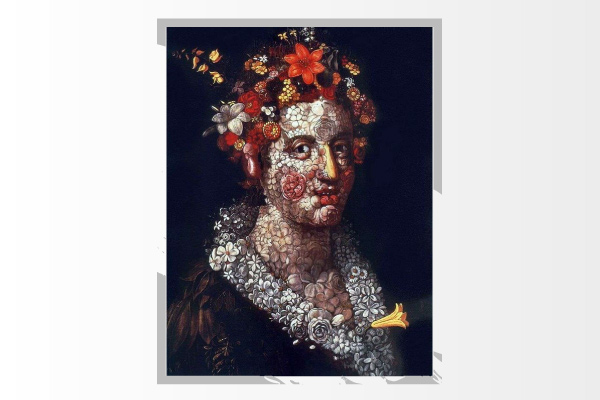
The portrait of the girl came out incredibly gentle and mysterious, and it's not about her natural features. White-pink petals served as skin, and clothes are woven from many bright leaves and inflorescence. Even if not everyone understood the inherent meaning of the painting, it is admired to this day.
"Vase of Flowers", Jan Davidsz de Heem
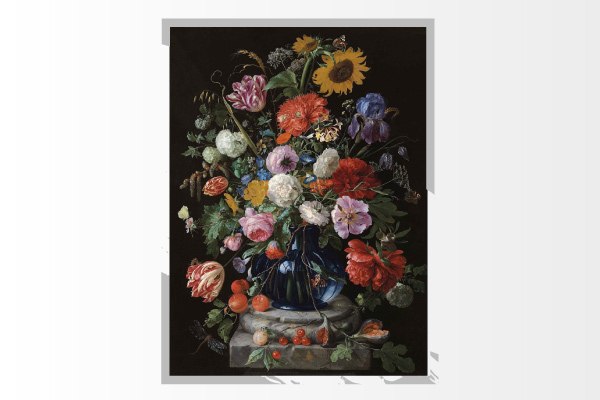
Brightness and harmony of color prevail in the artworks of the painter. The depicted plants appear in all their realism and beauty. When you look at the canvas, you realize that art is eternal. However, this is very typical of the XVIIth century still life.
"Water Lilies", Claude Monet
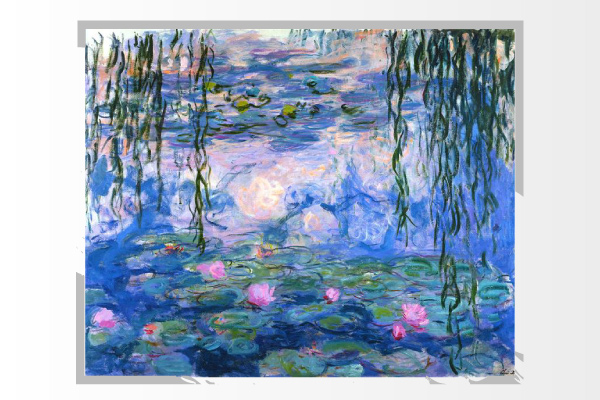
The painting was created to capture the moment, not compete in accuracy. That is why it is so lively and rich in color and light effects. It contains the secret and depth of life itself, the wealth of nature and the desire for beauty. Monet wrote it, already struck by cataracts, but still created one of the most famous masterpieces of the XXth century.
"Vase with Fifteen Sunflowers", Vincent Van Gogh
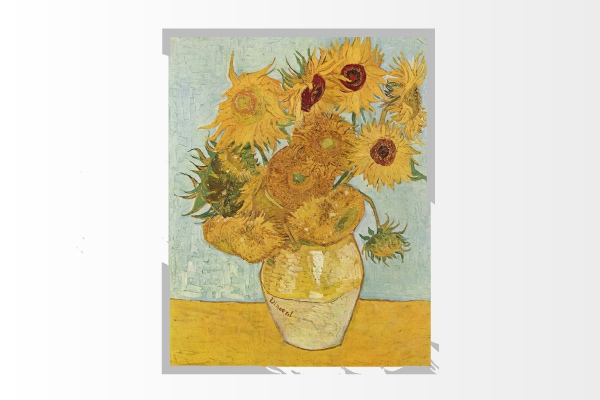
Naturalness and brightness – this is what the master strove to capture when he painted nature. Flowers in oil are depicted at different stages of their life in the painting: from the very bloom to complete wilting. And today it is perhaps the most famous “blooming” artwork in history.
"Ophelia", John Everett Millais
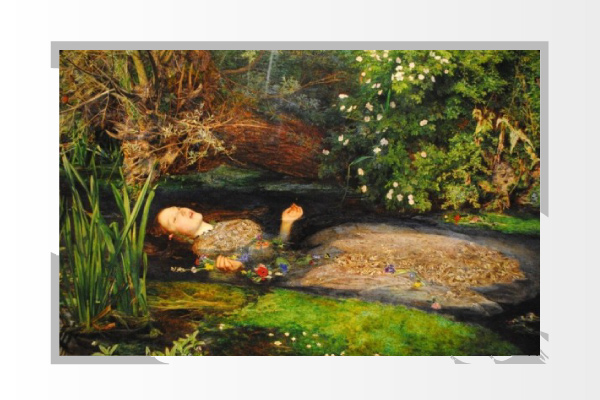
Shakespeare's plot was masterfully depicted using plants rich in mysticism. They were written from nature, as is customary among the Pre-Raphaelites. Willow branches, nettles and daisies are apparently intended to symbolize innocence, pain and early death.
"Meditative Rose", Salvador Dali
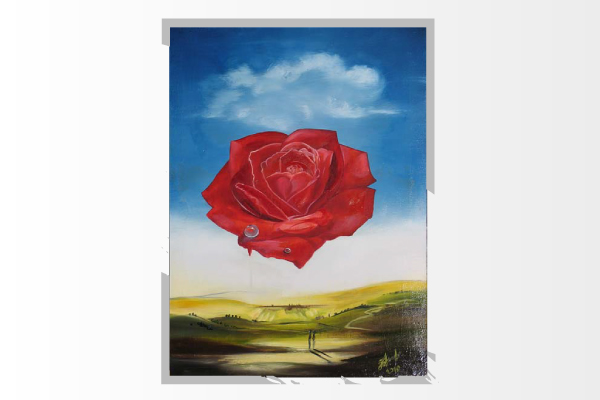
This is a peaceful artwork, where all attention is drawn to the scarlet rose, what is uncharacteristic for Dali. It soars in the sky like the sun, and two lovers have found refuge under it. Rose paintings classically embody love, peace and tranquility. Some see also passion and trials that await each couple and person individually in this soaring flower.
"Lady in the Garden of Sainte-Adresse", Claude Monet
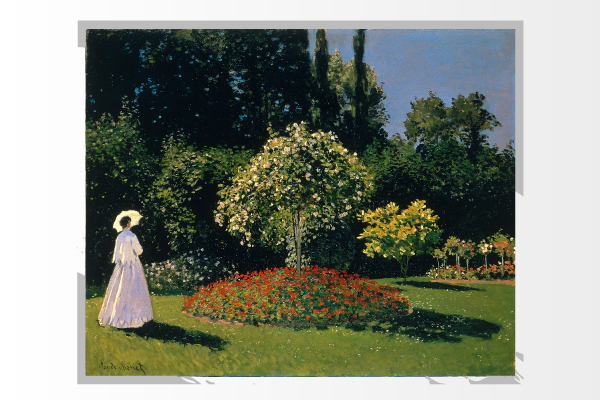
Human figures become part of nature, inseparable from the landscape presented before us with the light hand of the master. Monet managed to convey the juiciness of blossoming flowers, the brightness of the sunny color and, of course, the harmony of the girl in the middle of the summer garden.
Summary
Humanity has been singing the beauty of flowers throughout its existence. They are traditionally present in the context of important events in life and are actively used in religious, mythical, dramatic plots in art. The symbolism of wildflowers, garden and fictional plants sweeps through the entire human culture. It allows you to see how subtly the author felt his work, and how multifaceted interpretation of the painting can be thanks to the flowers.

The earliest work of Leonardo da Vinci
A small painted tile caused quite a stir among the scientists of the art world. This is because some scholars believe that the recently discovered work is Leonardo da Vinci's earliest known work
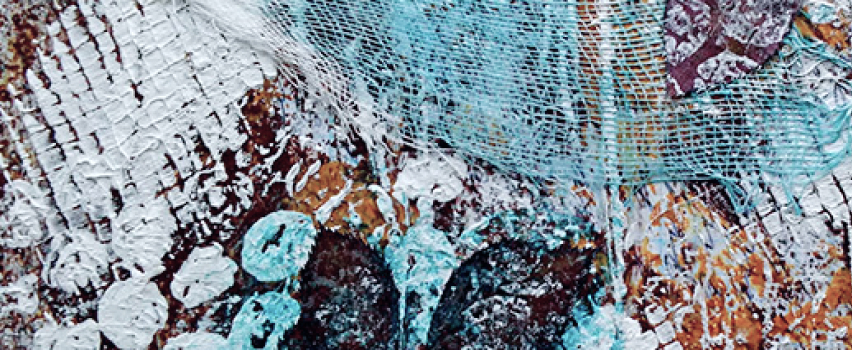
Interesting facts about painting
Paintings hold the secrets of the creator. Sometimes we manage to solve them, but many of them continue to be riddles, or simply stay unnoticed.












Thank you, your review has been sent successfully.
It will be posted on the site after moderation.